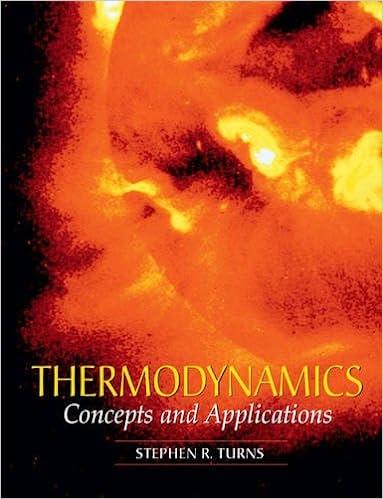Question
a) Construct a table showing the relative detection efficiencies (attenuated fractions) at 50 keV ( average energy of radiographic photons), 150 keV ( photon energy
a) Construct a table showing the relative detection efficiencies (attenuated fractions) at 50 keV ( average energy of radiographic photons), 150 keV ( photon energy from Tc-99m) and 500 keV ( energy of PET imaging) for: a) a 2.5-cm-thick ionization chamber filled with air at STP (density of 0.001297 g/cm3 ) used to estimate exposure from a beam of x or gamma rays; b) a 2.5-cm-long xenon-filled ionization chamber at 25 atmospheres of pressure used as a detector for CT (density of 0.1478 g/cm3 ); c) a Ge(Li) semiconductor with a 1-cm-thick active region (density of 5.36 g/cm3 ) used for gamma-ray spectroscopy; d) a 1.3-cm-thick NaI(Tl) crystal used in a gamma camera (density of 3.67 g/cm3 ); and e) a 3-cm-thick BGO crystal used in a PET system (density 7.13 g/cm3 ). The mass attenuation coefficients in cm2/g are: Energy (keV) Air Xenon Ge(Li) NaI(Tl) BGO 50 0.208 12.65 3.314 10.7 6.238 150 0.136 0.727 0.248 0.625 1.4619 500 0.087 0.098 0.082 0.0955 0.1389
b) Why were the particular materials picked as the detecting medium for each of the five cases?
Please answer all parts of the question please and thank you.
Step by Step Solution
There are 3 Steps involved in it
Step: 1

Get Instant Access to Expert-Tailored Solutions
See step-by-step solutions with expert insights and AI powered tools for academic success
Step: 2

Step: 3

Ace Your Homework with AI
Get the answers you need in no time with our AI-driven, step-by-step assistance
Get Started


